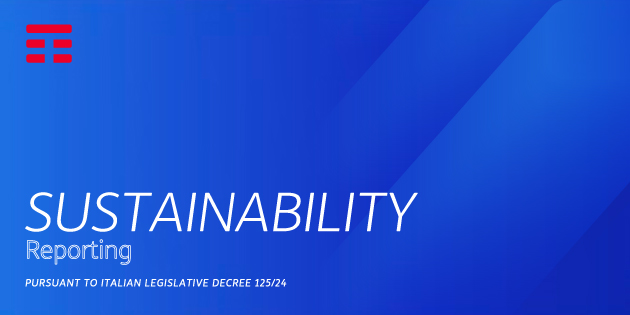TIM has adopted the "231 Organization Model" pursuant to Legislative Decree 231/2001 to prevent crimes that could determine the liability of the Company, if the offences are committed in the interest or to the benefit of the organization.
Principles of general acceptance related to transparency, correctness and fairness that TIM is inspired by, are at the basis of the adoption of the 231 Organization Model, that ensures efficient performance of sensitive activities through prevention of the criminal offences that may give rise to the administrative liability of the company if committed in its interest or to its benefit by applying the provisions of Legislative Decree n. 231/2001.
Following the entry into force of the Decree, TIM promptly adopted 231 Organization Model to prevent criminal and administrative offences that can potentially be committed in the course of its business activities. The 231 Organization Model is a dynamic system, that has impact on the business operation of the company and requires continuous monitoring and updating to take into account feedbacks in its application, as well as developments in the relevant regulatory framework.
The Supervisory Board has the task to ensure that the 231 Organization Model is updated by submitting to the Board of Directors amendments and integrations needed to adapt to changes in law and in the organization or to outcomes of the actual implementation of the 231 Organization Model. In carrying out such activities, the Supervisory Board avails itself of the 231 Steering Committee, a collective body composed of top managers. The 231 Steering Committee is coordinated by the Compliance Department and in performing its tasks is supported by all interested departments.
The current version 7.4 of the Organizational Model 231 of TIM S.p.A was adopted by the Company’s Board of Directors on July 31, 2024. This new version incorporates the regulatory updates regarding Bid Rigging (Law October 9, 2023, No. 137), Fraudulent Transfer of Values (Law April 29, 2024, No. 56), Copyright (Law July 14, 2023, No. 93), Sale of Industrial Products with Misleading Marks (Law December 27, 2023, No. 206), and Interim Prohibitive Measures (Law March 3, 2023, No. 17).
Accordingly, the General Section and Special Section of the 231 Organization Model have been updated.
The 231 Organization Model, based on best practices, is structured according to a “cross compliance” approach that takes into account the specific standard of control developed by the company, and addressed in the Special Section of 231 Organization Model, such as:
- the Anti-corruption Management System,
- the Internal Control System for Financial Reporting,
- the Tax Control Framework,
- the Safety Management System and Environmental Management System,
- the ICT Risk Management.
Below is a brief description of the MO 231:
- General Section, describing the characteristics of the Organizational Model;
- Special Section, describing Sensitive Processes/Activities, associated 231 offences and control measures;
- Annexes: (i) Code of Ethics and Conduct; (ii) Whistleblowing Procedure, (iii) Offences/Processes/Function/Procedures Correlation Matrix, (iv) Technical-regulatory annex.
Within this structure, the following parts are highlighted:
- Disciplinary System, aimed at ensuring the proper functioning of the organization and the regular conduct of business activities, in order, in particular, to ensure compliance with the ethical and behavioral principles adopted by the Company;
- Role of the Supervisory Board assigned to a collective body (totally 4 members) composed by external and internal members. Composition of the current Supervisory Board: Giuseppe Pignatone (Chairman), Carlo Piergallini, Anna Doro (member of the Board of Statutory Auditors) and Massimiliano Turconi (director of Internal Audit);
- Sensitive Processes and identification, with respect to each process, of:
- Sensitive Activities, that are potentially exposed to the risk of commission of 231
offences;
- definition of control standards and rules of conduct;
- definition of specific correlation matrix: i) sensitive activity/category of
offence; ii) sensitive activity/specific control standard;
- list of main corporate procedures of reference;
- correlation matrix related to family of offenses/examples of conducts
- Information flows to Supervisory Body.
With reference to the Special Section of the 231 Organization Model, the standards of control to prevent 231 offences associated with Sensitive Processes/Activities are defined based on the following three general rules:
- formal separation of duties for the different phases of the process;
- tracing of each phases of the process, i.e. their continuous visibility (for example, through supporting documentation) in order to help to trace back responsibilities and grounds for decisions;
- objectiveness of decision-making processes to ensure that decisions are taken disregarding merely subjective evaluations but on the basis of objective criteria.
TIM 231 Organization Model represents the reference standard for definition of the distinct 231 Organization Models to be adopted by the companies of TIM Group.



